
views
X
Trustworthy Source
Harvard Medical School
Harvard Medical School's Educational Site for the Public
Go to source
Start by eating a healthy, balanced diet and eliminating unhealthy fats to minimize any future plaque build-up. Lifestyle changes, such as regular exercise, managing stress, and quitting smoking, can also help manage cholesterol and arterial plaque. Additionally, have your cholesterol and blood pressure tested regularly, and ask your doctor about medications and other treatment options. If necessary, your doctor may place you on a medication that could loosen or dissolve the plaque. Medications should only be taken as prescribed and under doctor supervision.
Managing Cholesterol with Lifestyle Changes

Get 150 minutes of moderately intense aerobic exercise per week. Regular aerobic exercise can raise HDL, or good cholesterol, lower blood pressure, and burn fat. Try to exercise for at least 30 minutes a day, 5 days per week. Examples of moderately intense aerobic exercise include a brisk walk or jog, swimming, and cycling. Moderately intense exercise should have intervals or components that increase your heart rate. You should be breathing such that you are able to carry on a conversation, but just barely. If you’re not used to physical activity, discuss starting a new exercise routine with your doctor. If necessary, start with 10 minute exercise sessions, and build intensity and duration gradually.

Work on managing stress. Among other harmful mental and physical effects, stress can lead to high blood pressure and increase the risk of a heart attack. If you have a lot on your plate, do your best to reduce stress by meditating, doing breathing exercises, or talking to a friend, family member, or mental health professional.
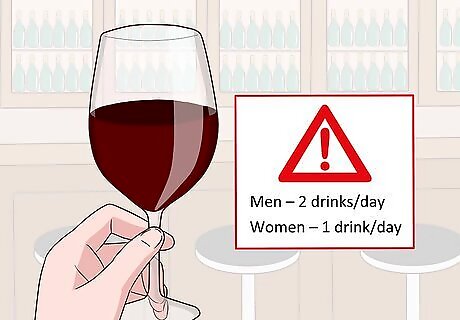
Limit your alcohol consumption if you’re a drinker. Men should have no more than two drinks per day, and women should have no more than one drink per day. Alcohol in excess can raise blood pressure, decrease HDL levels, add calories to your diet, and worsen heart disease.
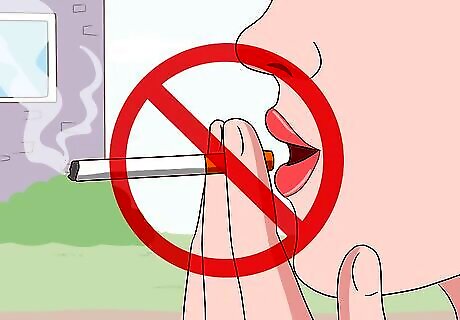
Quit smoking, if necessary. If you’re a smoker, quitting smoking is the single most important lifestyle change you can make to improve your health. Smoking weakens artery walls, increases the risk of heart attack, and causes a host of other harmful effects. Talk to your doctor about smoking cessation products and set a firm date to quit. Make changes to your daily schedule and habits to break your association between certain activities and smoking. For example, if you’re used to smoking when you drink coffee, try drinking tea instead.
Eating a Heart-Healthy Diet
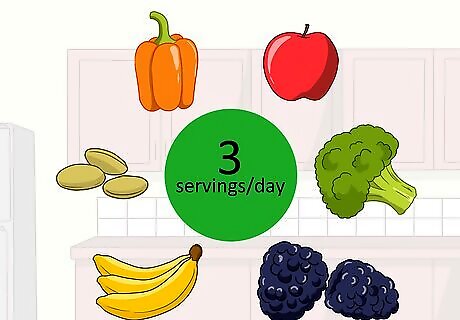
Eat a variety of fruits and vegetables. Fruits and veggies should be the foundation of your diet. Have at least 3 servings of each per day, and mix up the types of fruits and veggies you eat. The exact amount you’ll need depends on your age, sex, and activity level. Include dark greens (like kale, spinach, and broccoli), red and orange veggies (like tomatoes, carrots, and peppers), legumes (beans and peas), and starchy vegetables (like potatoes) in your diet. If you eat 2,000 calories daily, you should have at least 2.5 cups (590 mL) of veggies per day. Eat a variety of fruits, such as apples, oranges, bananas, berries, and grapes. If you consume 2,000 calories per day, you should have at least 2 cups (470 mL) of fruit daily.
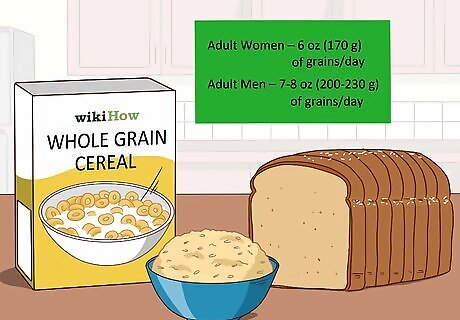
Eat at least 3 ounces (85 g) of whole grains per day. Adult women should consume 6 ounces (170 g) of grains per day, and adult men should consume 7 to 8 ounces (200 to 230 g). At least half of your total daily grains should be whole grains, such as whole wheat bread, whole grain cereal, and brown rice. Higher intakes of whole grains and cereal fiber can lower the progression of arterial plaque. Whole grain products are healthier than their refined counterparts, such as white rice, white flour, and white bread. Examples of 2 oz (57 g) servings include 2 slices of whole wheat bread, 1 cup (240 mL) of cooked whole wheat pasta, and 1 cup (240 mL) of brown rice. 1 cup (240 mL) of whole grain breakfast cereal counts as a 1 oz (28 g) serving.
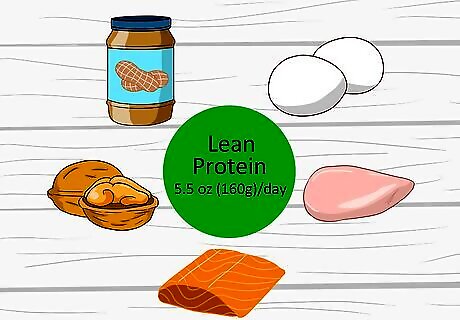
Go for lean protein sources instead of fatty red meats. Healthy protein-rich foods include skinless poultry, fish, nuts and nut butters, and eggs. If you consume 2,000 calories daily, you should eat 5.5 ounces (160 g) of protein-rich foods per day. Eating red meat daily increases your risk of cardiovascular disease. Limit your consumption of red meat and, if you do eat it, choose 95 percent lean beef or pork tenderloin instead of fattier cuts. While a heart-healthy diet can include lean meats, there’s evidence that a plant-based diet is the best way to prevent cardiovascular disease.
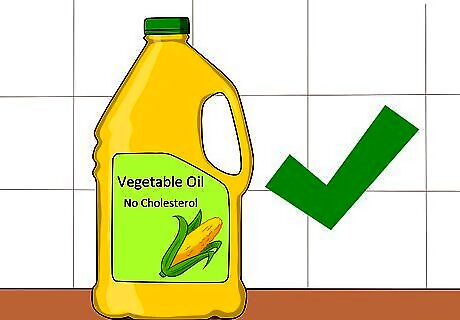
Choose unsaturated vegetable oils instead of unhealthy fats. A diet high in saturated and trans fats increases LDL levels, or bad cholesterol, which can worsen plaque buildup. However, healthy fats derived from plant sources can lower blood cholesterol levels and, in moderation, are part of a healthy diet. Healthy fat sources include avocados, nut butters, salmon, trout, and canola, olive, and other vegetable oil. Just remember that even these should be ingested in moderation as part of a balanced diet. Foods like nut butters and avocados are also high in cholesterol. Unhealthy fats are found in processed foods, such as bacon and deli meats, fatty cuts of red meat, poultry skin, and oils that are solid at room temperature, such as butter, coconut oil, and palm oil.
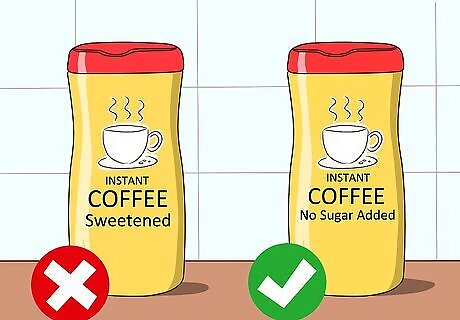
Avoid food and beverages with added sugars. Some foods, such as fruit, contain natural sugars and are healthy choices. However, you need to limit food and beverages with added sugars, such as sweet desserts, soft drinks, sweetened coffee and tea, and energy drinks. Do your best to avoid sweet foods and swap sweetened beverages for water, low-fat or fat-free milk, and other unsweetened options.
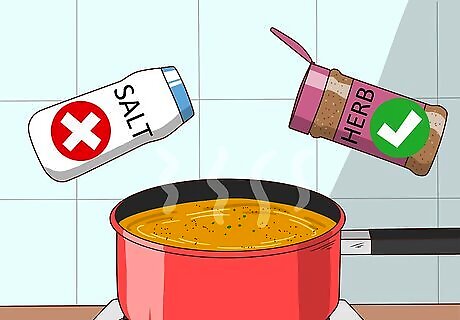
Limit your sodium intake. When you cook, swap salt for other flavoring agents, like dried or fresh herbs, spices, and citrus juice. Don’t add extra salt to your meals, and avoid pre-marinated meats and processed foods. Stay away from salty junk food, such as chips, fries, and pretzels.
Seeking Medical Treatment
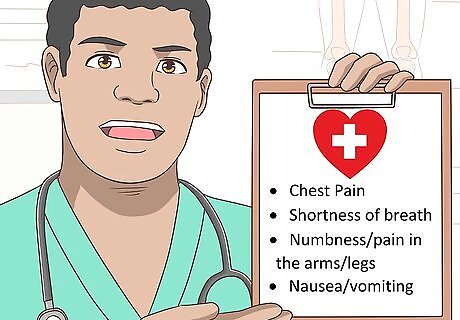
See your doctor promptly if you experience serious symptoms. Plaque deposits don’t cause symptoms until blood flow is slowed or blocked. Signs of a blocked artery include chest pain, shortness of breath, numbness or pain in the arms or legs, and nausea or vomiting. See your doctor if experience any of these symptoms, as they could be due to a variety of medical conditions.
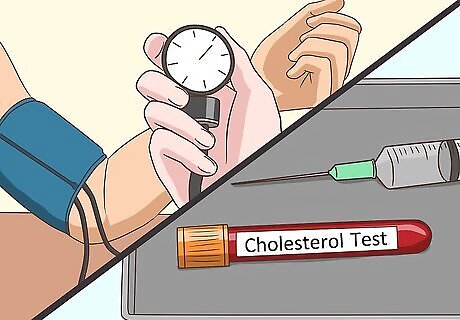
Get your cholesterol and blood pressure tested regularly. Adults over 40 should have their blood pressure screened annually, and adults between 18 and 39 should be tested every 3 to 5 years. All adults should over age 20 should be tested for high cholesterol every 5 years. If you have high cholesterol or a history of diabetes, kidney disease, or other medical issues, you’ll need more frequent cholesterol screening.
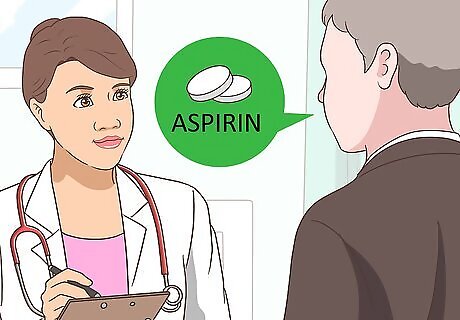
Ask your doctor if you should take aspirin. Aspirin and other over the counter medications can reduce the risk of a blood clot. Ask your doctor if they recommend over the counter drugs and, if so, the dosage you should take. Generally, your recommendation will be equivalent to a child's aspirin dosage of 82.5 mg per day. Don’t take aspirin daily without consulting your doctor.
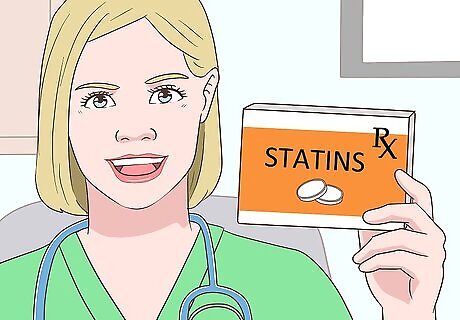
Discuss prescription statins with your doctor. If you have high cholesterol, your doctor might prescribe a statin, which is a medication that lowers LDL levels. Take any medication as prescribed, and don’t stop taking medication unless your doctor recommends. Ask your doctor, “Which statin is best for my particular situation? Would it interact negatively with any medications I currently take?” Even if you take a statin, you’ll still need to make lifestyle changes to manage high cholesterol, such as eating a healthy diet and exercising.
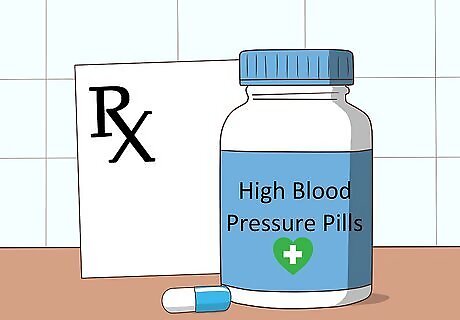
Ask if they recommend high blood pressure medication. High blood pressure increases the risk of arterial plaque loosening from the arterial walls, which can lead to a blocked artery. If necessary, your doctor will recommend medication to lower your blood pressure. Take any medication according to their instructions, and don’t stop taking it without their guidance.
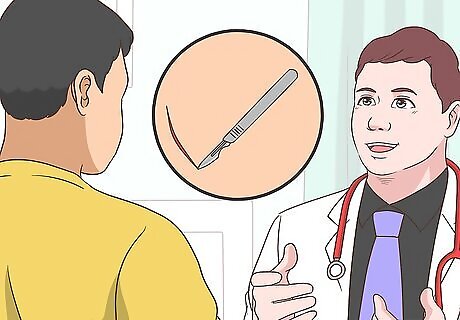
Discuss medical procedures or surgery with your doctor, if necessary. A medical procedure or surgery might be necessary if arterial plaque is slowing or blocking blood flow. Your doctor will help you decide which treatment option is best. Angioplasty is a nonsurgical procedure used to clear blocked or narrowed arteries. It’s a common procedure with few complications, and you’ll likely remain the hospital for just a few hours or overnight. A bypass is a surgical procedure in which an artery or vein from another part of the body is used to divert blood flow around the blocked artery. The outlook after this surgery is usually excellent, and it greatly reduces the risk of heart attack and other medical emergencies. However, it requires a week of hospitalization and 6 to 12 weeks of home recovery.










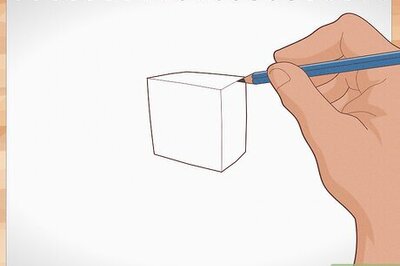






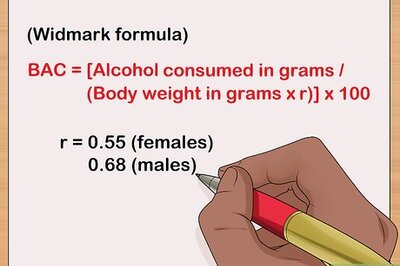
Comments
0 comment